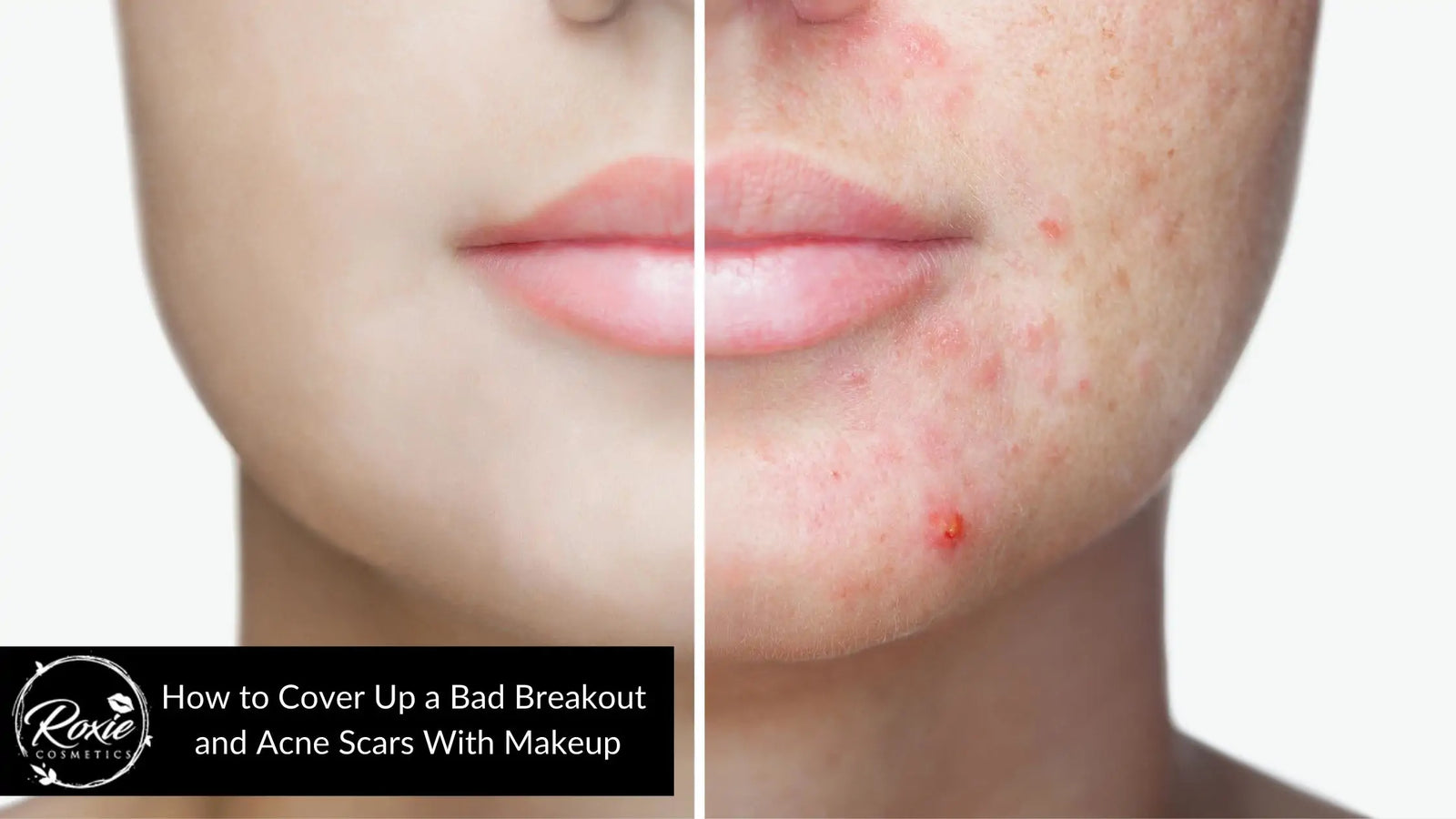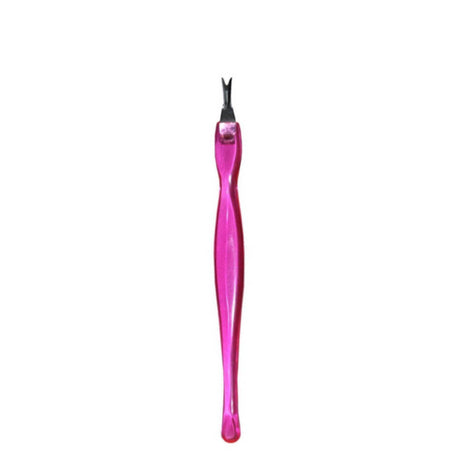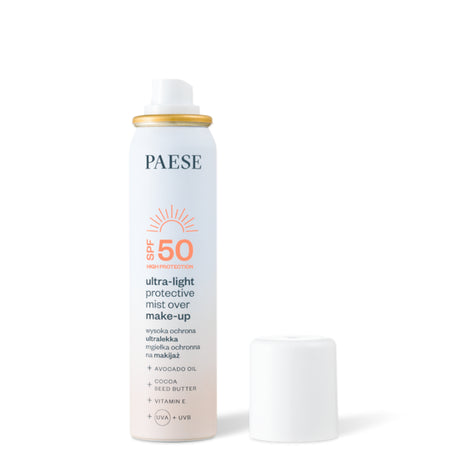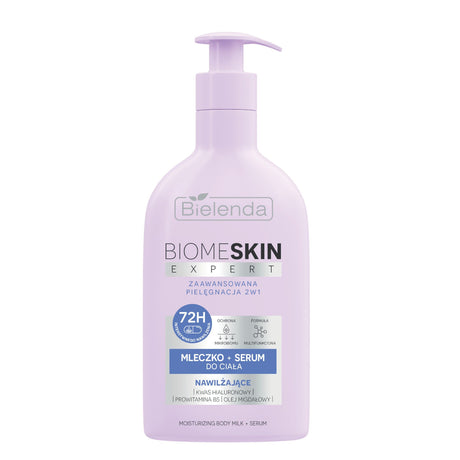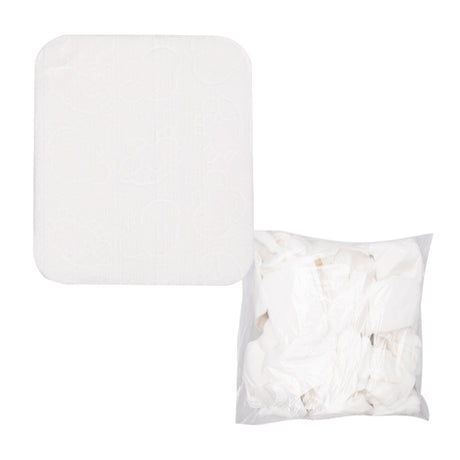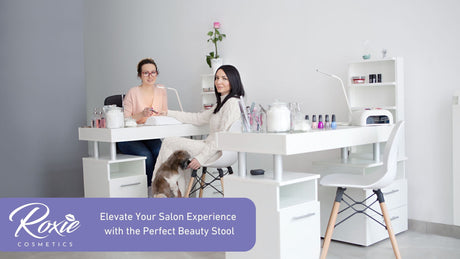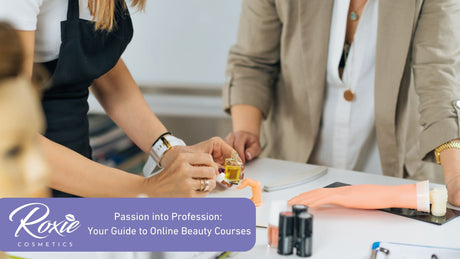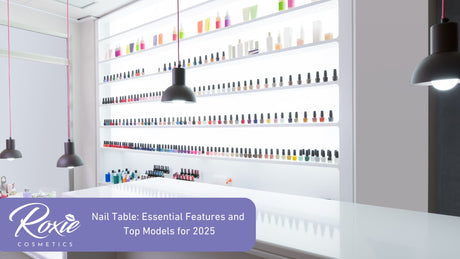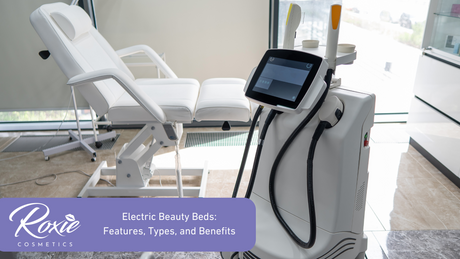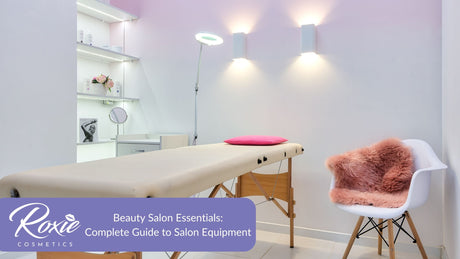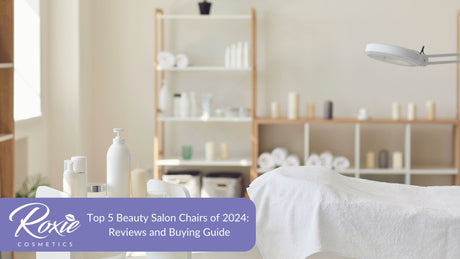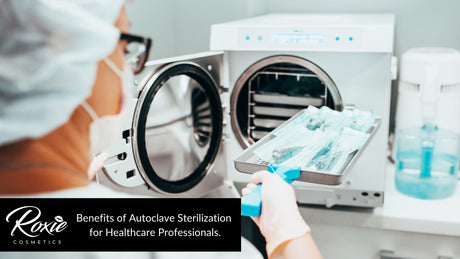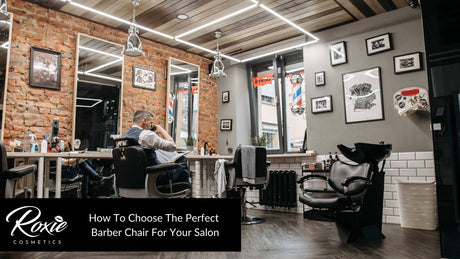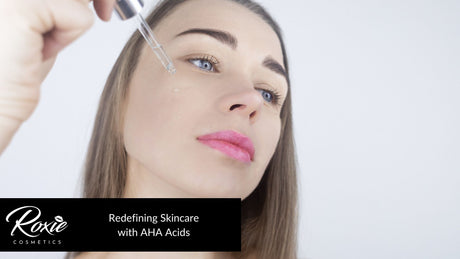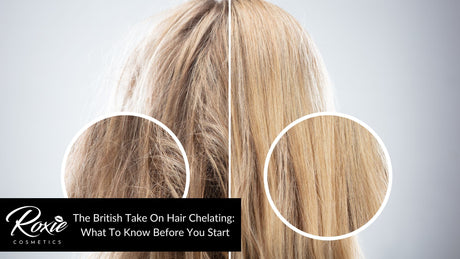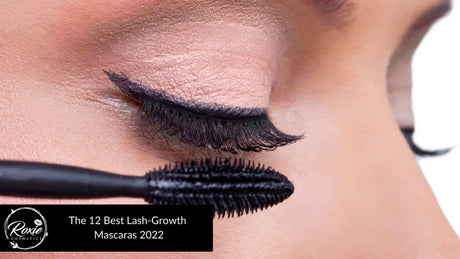Makeup is an incredibly powerful tool. Not only does it brighten the eyes and plump the lips, but it can mask blemishes and persistent acne scarring in a matter of seconds. However, it's simple to make a mistake while putting makeup on acne scars and major outbreaks. Makeup products with inappropriate compositions or application techniques may bring attention to the acne rather than conceal it.
Anyone who has dealt with acne as a teen or adult understands how frustrating and inconvenient breakouts can be. Applying layers of makeup to balance out skin tone caused by acne-related redness while attempting to conceal acne scars and breakouts is a difficult balancing act. A little more makeup on the face begins to look cakey; too little does not conceal the breakouts. Not only are pimples extremely inconvenient and completely unforgiving, but they can also be extremely difficult to conceal if those who suffer from them do not grasp the proper concealment techniques. While pimples come in a variety of shapes and sizes, certain makeup techniques can help minimise their appearance on the face. The appropriate coverage of foundation or the fineness of a Beautyblender might mean the difference between overdoing it and achieving a more smooth, natural-looking skin.
Listed below are the steps on how to properly cover a bad acne breakout and acne scars with makeup.
- Before wearing makeup, do the regular skincare routine to remove any dirt and impurities from the face.
- Apply a primer all over the face to seal in the makeup and keep it from being absorbed by the skin
- Correct the appearance of imperfections by concealing blemishes with colour green correcting concealer. Then, apply flesh-toned concealer to the damaged areas to offer extra coverage and reduce the appearance of pimples.
- Follow up with a full coverage foundation to thoroughly conceal breakouts and acne scars. Dip a foundation brush or makeup sponge lightly into the foundation and apply to the centre of the face, going forward and blending outward.
- Allow a few minutes after applying the liquid foundation for it to set. Set the makeup with milled loose powder and apply it with a large fluffy brush in a stippling motion to ensure that it all blends in smoothly and stays in place all day.
1. Clean and moisturise your skin

Cleaning and moisturising the skin have numerous advantages. It not only cleanses the skin and removes dirt, dust, and impurities that can build up on the skin and clog pores, but it can also balance the skin's pH levels and keep the skin healthy. To effectively complete this step, moisten the skin with lukewarm water and apply cleanser in a circular motion with the fingertips. Scrubbing irritates the skin, therefore resisting the urge to do so. Rinse with lukewarm water and wipe dry with a soft face towel. Then, promptly apply the moisturiser to the face because timing is critical since the skin tends to dry out faster and may get more itchy and flaky over time.
2. Use a Primer

A primer coats the skin and protects it from the damage that harsh cosmetic products can produce. It soothes the skin's surface, allowing cosmetics to slide on easily and appear nicely integrated. A good application of primer extends the life of the makeup and prevents it from being absorbed by the skin. Considering acne is frequently caused by excess oil secretion and clogging pores, the best primer to use for those with acne and breakouts is an oil-free base primer. To apply a primer, clean tools such as a cosmetics sponge, foundation brush, or even the fingers can be used. Squeeze a tiny amount of primer into the clean palms and dab it softly into the face, beginning under the eyes. Gently massage it into the nose, forehead, cheeks, and chin. Cover all the areas as equally possible. Use a little additional if necessary in any areas where the face makeup tends to come off quickly or runs extra oil, such as the T-zone. Allow the primer to dry for a few minutes before applying concealer. A pea-sized amount of most liquid primers is more than enough.
3. Conceal

Concealer is comparable to foundation except that it hides dark circles, age spots, blemishes, acne, outbreaks, and other defects by masking pigments and blending them into the skin. Colour correcting concealer and flesh-toned cream concealer are the two forms of the best concealer types to use for hiding imperfections. Colour green correcting concealer, which can help neutralise the appearance of redness, is the type of colour correcting concealer to use in covering angry-looking, red pimple breakouts. Colour yellow corrective concealer is ideal for concealing acne scars. Cream concealer, on the other hand, includes a high concentration of pigment and offers a high level of coverage, allowing the user to conceal everything, including breakouts and acne scars. To apply concealer, dab a tiny quantity of green or yellow colour corrector over inflammatory pimples or acne scars with a clean small makeup brush, cotton swab, or fingertips. Apply to the skin with a dab or a tap. Do not rub it on the face as this will exacerbate the pimple and make it appear redder. To use the cream concealer, dab the concealer's edges with a brush, the edge of a sponge, or using fingertips to blend it into the afflicted areas for a flawless blend.
4. Apply Foundation

Applying foundation creates an even base for concealing redness, discolouration, blemishes, and other flaws. To avoid exacerbating the breakout and acne scars, opt for best foundation that is non-comedogenic products and avoid foundations that contain SD denatured alcohol, often known as isopropyl alcohol. To apply foundation, use a stippling brush to apply the liquid makeup in circular, stippling strokes, so the skin can acquire the correct coverage without wiping off the concealer, starting with a little product, then building to prevent going overboard.
5. Set your makeup

Setting makeup is intended to keep foundation in place, prevent base makeup from rubbing off, and reduce shine for a long-lasting, beautiful face. Loose powder is the best makeup setting spray to use for setting makeup on acne-prone skin. Loose powders are finely milled and contain fewer oils, giving the skin a smooth and thin finish. Wait a few minutes for the makeup to set before applying a finely milled loose powder with a large fluffy brush in a stippling motion to ensure it stays in place for the rest of the day.
Is it possible to cover up a bad breakout and acne scars with makeup?
Yes, it is possible to cover up a bad breakout and acne scars with makeup. Since acne-prone skin is delicate, some cosmetic products, such as foundation and concealer, may exacerbate acne or produce new breakouts. Acne patients, however, can wear cosmetics, according to experts from the American Academy of Dermatology. The important thing to remember is to choose cosmetic items that do not irritate acne and to develop a skincare routine that works for acne-prone skin types. When applying makeup to mask breakouts and acne scars, it is important to remember that concealer is essential for hiding imperfections. This will enable the foundation in establishing a base and creating a smooth texture on the skin.
What brand of primer does Roxie Cosmetics recommend?
Roxie Cosmetics recommends their Doll Skin Primer as the best primer. Bielenda Balmy Skin Primer Doll Skin Moisturising Makeup Base is a natural makeup base that gives the skin a beautiful glow. It has a smoothing effect that improves foundation coverage and helps makeup last longer, all while targeting issues like oily and dry skin. The average cost of the primer is £6.60 GBP.
What brand of concealer does Roxie Cosmetics recommend?
Roxie Cosmetics recommends Clinique Anti-Blemish Solutions Clearing Concealer Way Equalizer For Skin Prone To Pimples Shade as the best concealer. This concealer contains aloe and algae extract, helps soothe sensitive skin, as well as salicylic acid, that exfoliates dead skin. This cream does more than just cover flaws and blemishes; this even helps to clear outbreaks and acne scars and prevents their reappearance. Clinique Anti-Blemish Solutions Clearing Concealer Way Equalizer For Skin Prone To Pimples Shade is originally priced at £31.67 GBP.
What brand of foundation does Roxie Cosmetics recommend?
Roxie Cosmetics recommends Clinique Anti Blemish Solutions Liquid Makeup Foundation as the best foundation. The Clinique Anti Blemish Solutions Liquid Makeup Foundation is an acne solution liquid foundation that helps to cleanse and soothe the skin while concealing and treating present blemishes and preventing future ones. It keeps the skin's surface smooth and smooth by controlling oil and balancing the skin's surface. The average price for this product is £22.87 GBP.
Does make up worsen your Acne?
No, cosmetics do not worsen acne issues when used properly. One of the most critical considerations is ensuring that the makeup products do not contain acne-causing chemicals. If the cosmetics do not clog the pores, wearing it for an extended amount of time should be no problem. According to some skin experts, it is better to avoid products labelled as "non-comedogenic, non-acnegenic, does not clog pores, or will not trigger outbreaks." If none of the products have such labelling, dermatologists recommend visiting cosDNA, a website that offers numerical scores to popular goods based on their components. The best skin care for acne prone skin who suffer from acne breakouts; dermatologists recommend opting for makeup products that include salicylic acid. This can act as a gentle exfoliant, aiding in the prevention and treatment of clogged pores.

